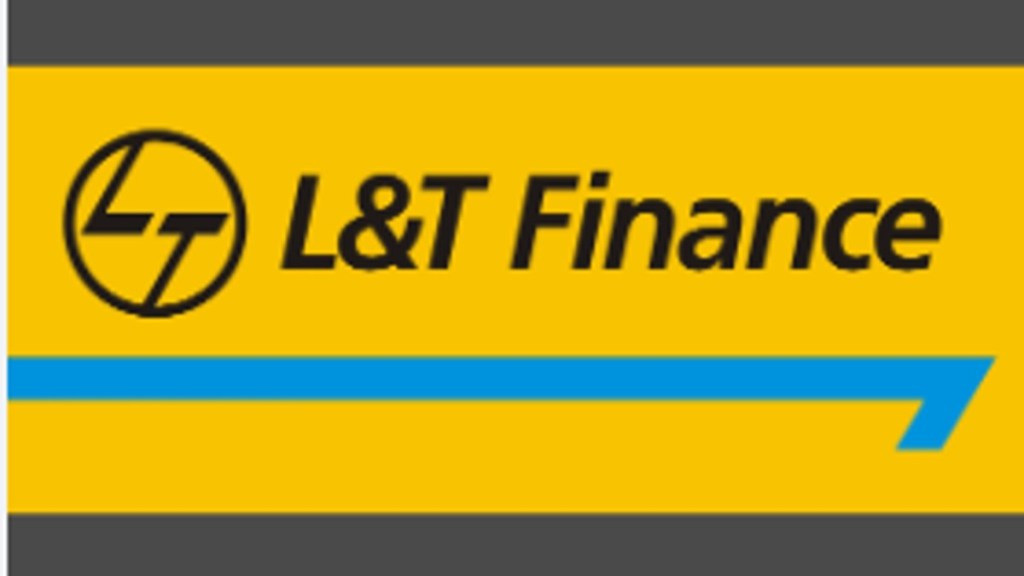L&T Finance (LTF) plans to approach global rating agencies including Moody’s, S&P and Fitch for an international rating during the current financial year which would enable it to tap international investors. This is in line with its strategy to diversify its source of borrowings keeping in mind Reserve Bank of India’s (RBI’s) advice to Non-Banking Financial Companies (NBFCs) to bring down their dependence on bank funding. This will enable the company to address the retail asset growth by regularly raising funds from foreign markets using rated paper.
“Our balance sheet is growing at around 30% currently and is likely to cross Rs 1 trillion by the end of this financial year. As we continue growing, we have no choice but to start diversifying our borrowings,” Sachinn Joshi, chief financial officer, L&T Finance, told FE. “RBI has asked NBFCs to not be over dependent on banks for funds. Borrowing from international markets will diversify our borrowing programme,” he said.
Concerned with increased dependency of NBFCs on bank borrowings, the RBI, in November last year, increased the risk weight for bank credit to NBFCs by 25 basis points to 125%.
The shareholders of LTF have already approved an overall limit for raising of up to Rs 1.5 trillion through various financial instruments like debentures, bank loans, commercial paper and other instruments to support its balance sheet which is growing 25-30% annually. Within this overall borrowing limit, the company has a board approval to raise upto Rs 1.10 trillion in the form of debentures, bonds, sub-debt as well as perpetual debt.
The company is planning to approach credit rating firms in the third quarter and aims to complete the rating exercise before the end of the current financial year so that it is ready to raise funds from the next fiscal.
Getting rated by global rating agencies will help the company to raise funds from global investors at competitive rates. Until now the company was using External Commercial Borrowings (ECBs) to raise funds from overseas, but this route has limitations in terms of raising funds. A corporation can raise a maximum of $750 million in ECB during a financial year under the automatic route.
Post completion of rating exercise, in the first year, foreign currency borrowings including ECBs may account for around 5% of its total borrowings which would gradually increase to 7% – 10% in the medium term.
“Considering the retail book growth plans over the next few years, foreign commercial borrowing through rated papers will become a regular feature of our borrowing programme,” he added.
As L&T Finance expects to grow at a healthy rate in coming years, the need to raise funds from diversified sources will also go up. Raising funds through rated paper will enable companies to not only raise more funds but also at competitive rates.
“With FCB, the company will get access to a wider pool of investors with long term investment commitment,” added Joshi.
A rated paper would not only gives interest rate advantage in raising funds from global lenders but also enable the company in raising ‘Sustainable Finance’ funds in the form of social loans, green bonds etc for financing of its rural business loans, farmer financing as well as two- wheeler electric vehicle financing from some large specialised global funds. On the other hand, borrowing through unrated paper is not only expensive but also has limited appetite with such global lenders.
